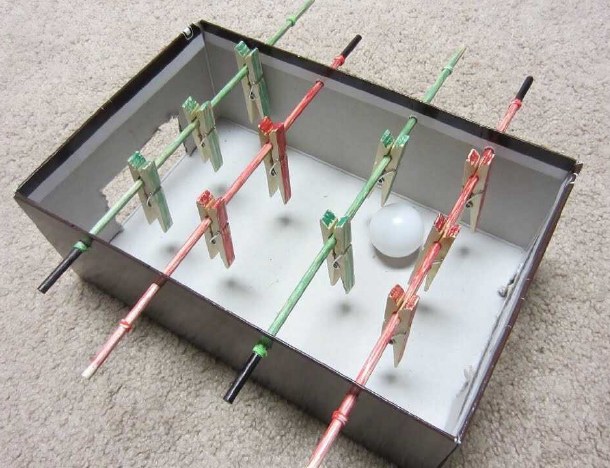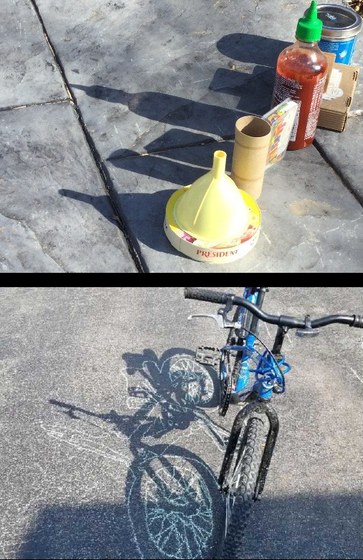Posted: August 18, 2021
A dozen STEM-rich summertime experiences. During this COVID season, summer camps will not be the same for school-agers or the staff who supervise them. Here are some safe, socially-distanced activities that tap in to the joy of friendships and connecting in the good ‘ole summertime. The last in a series of five.

A dozen STEM summertime experiences for school-age youth honoring COVID-respectful restrictions
General tips
- For ESL learners, be sure to incorporate and invite use of first-language words and conversations.
- Find shade or create a canopy of shade to make extended outside, distanced time more comfortable.
- Take as many indoor activities outside as possible, weather permitting.
- Assign each school-ager their own beach towel, water bottle, and mask. Using the oversized towel will help students space appropriately. It may help for each youth to have their own set of art supplies--scissors, crayons, chalk, pencil--and one koosh ball, hacky-sac, fidget toy, or pair of rolled socks.
- Updated guidance from the CDC--"Children's paperback books, like other paper-based materials such as mail or envelopes, are not considered a high risk for transmission and do not need additional procedures for cleaning or disinfection" (CDC, 2021).
Experiences
- Mazes--using recycled materials (like a copier paper box lid, craft sticks, paper towel tubes), create a maze (think plinko, marble run, foosball). Play solo. Time how long it takes to get through the maze or challenge other people in your masked pod.
- Catapults--explore "simple machine" concepts of levers and pulleys by building and experimenting with catapults.
- Airplane explorations activity
- STEM riddles and other thinking games
- Spirals, fractals, and Fibonacci--explore these natural, mathematical patterns that appear in art, architecture, and nature. Build them, deconstruct them. Look for them in the community. Photograph them.
 Origami--experiment with simple origami folds. Enjoy the intersection of geometry, spatial relations, and art.
Origami--experiment with simple origami folds. Enjoy the intersection of geometry, spatial relations, and art.- Gardening--easy to social distance! A great opportunity to grow things for families and your community.
- Shadows--make giant shadows, trace, re-fit. Make sundials and track the sun's movement. Bring inside items outside, line them up so that they create a shadow cityscape. Add a layer of excitement by inviting youth to experiment with digital photography and editing to capture the light-shadow creations.
- Poohsticks--Find or craft biodegradable sticks and race them in a natural or artificial waterway. Alternate idea: freeze nature items in blocks of ice and then race them like ice boats (feathers/leaves for sails).
- Square into pentagon--try this paper puzzle (consider laminating the pieces to make them more durable). Make a set for each student and allow them to arrange them in a variety of ways beyond the original challenge.
- Compost--Start a compost pile on site or contribute to a composting bin at a community garden. Read Compost Stew: An A to Z Recipe for the Earth by Mary McKenna Siddals.
- Virtual field trips--If you have mobile devices and Internet connections, it can be fun to monitor live nature cams or explore natural wonders of the world virtually. 360-degree technology is available for many national parks and international spots. Explore your community or the world using Google Earth. Test your observations skills playing GeoGuessr.
We are very interested in what these dozen ideas might inspire in your youth. Take photos, post to your organization's social media pages, and tag Better Kid Care.
Reference
Centers for Disease Control and Prevention (CDC). (2021). Guidance for Operating Child Care Programs during COVID-19.

